Training employees to use Salesforce involves teaching your users how to use the CRM to complete their day-to-day work. Once your employees are comfortable with Salesforce, then managing your customer relationships will become that much easier.
If you haven’t done any Salesforce training, where do you start?
There are 3 components that make a great Salesforce training program:
- Role-based training
- The right Salesforce trainer
- A well-structured training program
By using these 3 components, you will have a strong foundation to give your employees valuable Salesforce training.
Role-based training to improve skills
Role-based training puts the training in the context of a specific role and what it takes to perform in that role. Being trained in Salesforce isn’t a “one-size-fits-all” experience.
If you want to learn how to paint you wouldn’t bake a cake. Just like an artist, a sales rep wouldn’t need to be trained to handle customer service tasks. Each department needs to be properly trained in their respective tasks and features that they’ll use in their roles.
Each department should receive role-based training tailored to their needs:
- Sales will need training on how to manage their sales pipeline
- Customer service should receive training on how to handle customer inquiries
- Marketing will learn how to track and improve marketing ROI through Salesforce
Since each team will use different apps or “clouds,” like Sales or Service Cloud, make sure your teams have the chance to use their respective apps for their roles during their role-based training.
Role-based training is an effective way to utilize your departments’ time. Each department can have time to learn more about their unique tasks.
If you need any help, EBQ’s certified Salesforce consultants will gladly provide additional role-based training. Our Salesforce specialists have given a variety of Salesforce trainings, and this experience allows for them to provide best practice guidance customized to your organization’s needs.
Our Salesforce specialists are experts in all major Salesforce apps:
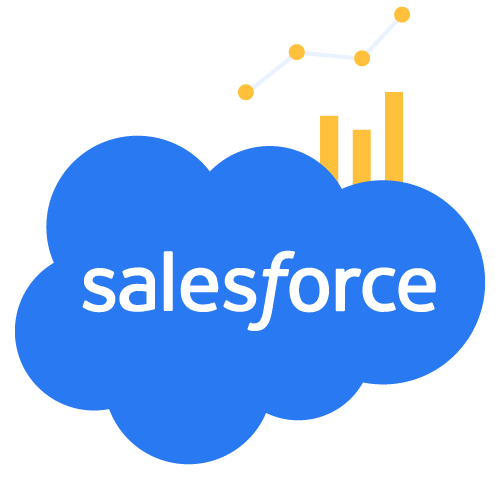
Sales Cloud
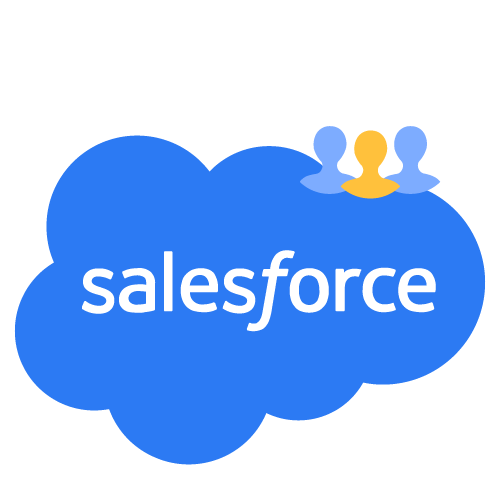
Experience Cloud
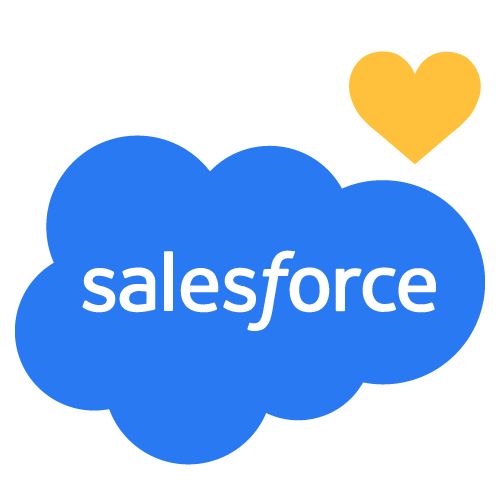
Nonprofit Cloud
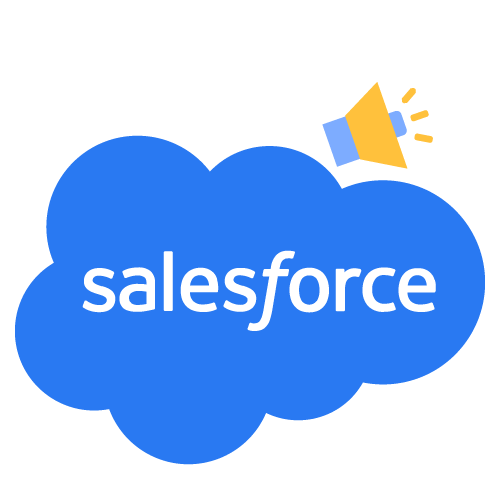
Marketing Cloud
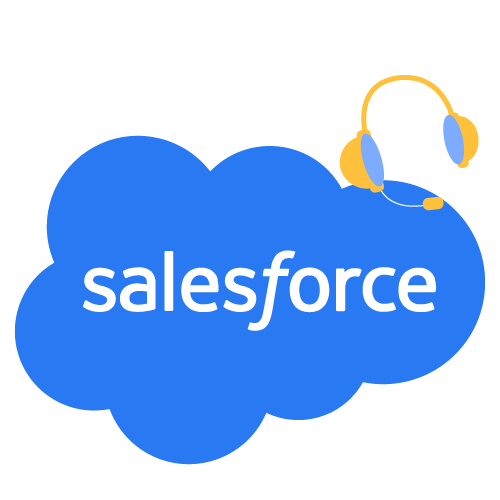
Service Cloud
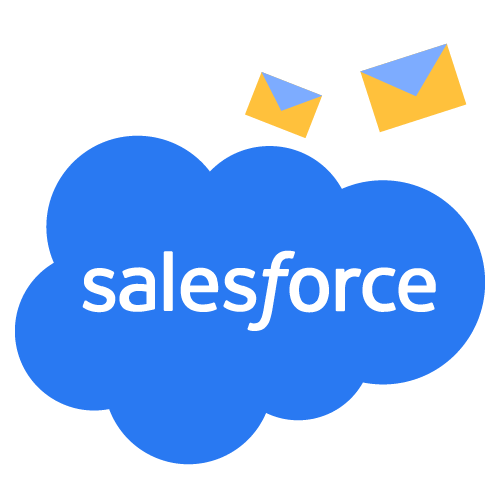
Marketing Cloud Account Engagement (Pardot)
Role-based training is just one aspect to help your employees be comfortable with Salesforce. Your employees can also adjust to Salesforce by having the right leader to teach them.
Who should handle Salesforce training?
Depending on the type of training and subject matter, the best person for the job is your department leader or salesforce administrator.
Your department leader offers the best hands-on coaching that is focused and related to your user’s role. These leaders are responsible for making sure their users know how to use Salesforce. For example, you might have a sales manager train the salespeople.
Your Salesforce administrator is the CRM expert in your organization. They can provide more general training to a larger and wider range of users. Your Salesforce admin might train your employees when a new implementation, feature, or CRM upgrade is introduced. Admins should also be the ones to provide training to those department leaders who in turn train the users on their team.
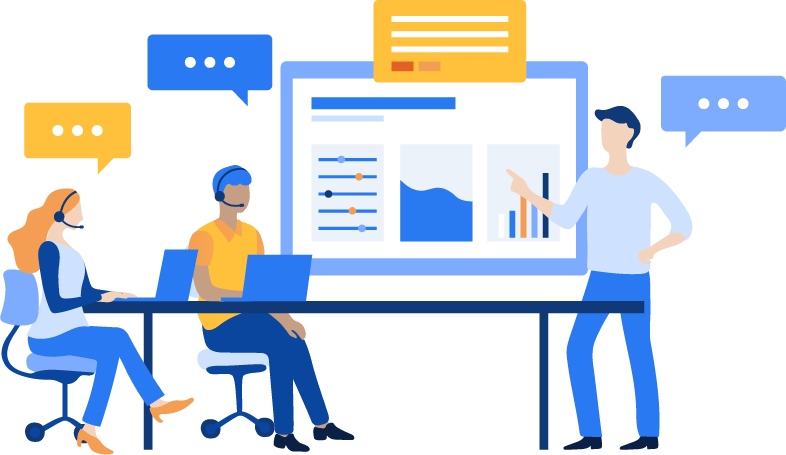
EBQ follows this “train the trainer” approach when we provide Salesforce training sessions as part of our implementation services. This means we can train your Salesforce admin and any department leaders involved in the project.
We follow this method because it saves time, as it’s more efficient to train one person well than hundreds of employees. It also builds confidence in department leaders to continue training and onboarding new users on their own.
No matter who is giving the training, it is important to include the best elements in your training program.

Subscribe to EBQ's Bimonthly Newsletter

Subscribe to EBQ's Bimonthly Newsletter
What should be included in a Salesforce training program?
The Salesforce training program should include a playbook, classroom sessions, workshops, and self-guided training exercises.
Salesforce is such a robust tool. With so many different roles and features, it may be tough for you to decide what to include in your training program. You might even struggle deciding the best approach for your training. From training structure to types of sessions, there are a variety of approaches you can take for your training.
Based on our experience in training hundreds of clients and their teams to use Salesforce, we have learned the best components to include in a Salesforce training program and will discuss them in-depth below.
Creating a Salesforce playbook
The most important tool you can use for your training program is a Salesforce playbook. A playbook is a great resource your employees can look back on for any questions they may have throughout the training program and as they continue using Salesforce.
Since each organization has their own unique processes, their playbook should be tailored to those same processes. One company’s playbook may include different guides that another company wouldn’t include.
Since each department focuses on different aspects of Salesforce, you will need to create different sections in the playbook that cater to each of those teams.
Overall, the Salesforce playbook should include:
- How to navigate Salesforce
- How objects are used in Salesforce
- Day-to-day use of views, tasks, call logging, email, etc.
- Building reports and dashboards
- Screenshots of specific tools and tasks
- Real-world examples to make it more relatable for your employees
Remember when a student would ask the teacher when would they ever need these math skills in the real world? Be sure to include real-world examples in your playbook so that your employees can understand how Salesforce is applicable in their work.
Screenshotting certain tasks — like how to convert a lead in Salesforce — helps your employees see Salesforce without testing it out first. This helps them know what their screen should look like during certain steps of the training process.
A great playbook can’t do all of the heavy lifting, though. Classroom training and workshops are important as well!
Providing Salesforce classroom training
Your employees need a space where they can understand the playbook — a classroom training session can be that space.
Classroom training allows for the Salesforce admin to break down the playbook for your employees. Just like in school, this is a place where users can ask any questions they may have about Salesforce.
This is also the place where Salesforce concepts are explained. Since this time is spent going over the basics of Salesforce, it can be a mix of users from different groups.
During the classroom session, this is a great opportunity to easily share information with a larger audience. This can be especially helpful when it comes to onboarding new employees to Salesforce.
This session can be done in-person or virtually. Since working from home is still a relatively new concept, it can still be difficult to effectively train remotely. Our blog, How to Train Remote Employees & Upskill Your Workforce, provides great practices you can follow to improve your virtual training.
Now that your employees have reviewed the playbook and received important information about Salesforce, it’s time to put them into action. Workshops are a great way to apply what they know.
Hands-on experience with Salesforce workshops
Workshops are a great opportunity for employees to gain experience in Salesforce. They’ll be able to dive into Salesforce, while still being able to receive guidance from their department leader.
Workshops are more interactive compared to classes due to them being held in smaller sessions for specific groups. These smaller sessions allow for it to be more interactive as well.
This is where the real training process comes into play. Make sure you provide hands-on workshops for your employees so they can apply what they have learned from the playbook.
Remember, this isn’t another run-of-the-mill information session. You must make these workshops engaging for your employees.
To create a more engaging workshop follow these practices:
- Hands-on activities – Provide exercises, like how to create reports, that get them in the thick of it.
- Ask questions – When you ask trainees questions, it keeps them on their toes and shows whether they are understanding the material.
- Multiple shorter sessions over time – Instead of an all-day event, provide training sessions that last between 30 minutes and 1 hour throughout multiple weeks.
Since each department will need different hands-on activities, our blog, How Different Teams Use a CRM, can provide you with inspiration to give specific exercises for each team.
Overall, the best way for them to learn Salesforce is to use it firsthand. As great as a playbook and classroom are, they won’t really learn unless they try Salesforce for themselves.
Self-guided training for Salesforce
Once it is all said and done, take the training wheels off and let your employees spend some time in Salesforce by themselves. This is just another opportunity for your employees to get more comfortable with Salesforce.
During the self-guided training, you can provide training modules with real activities. These training modules can be outlined in the playbook, so your users can follow along and teach themselves even more. Trailhead from Salesforce is a great resource that provides guides and training modules for your teams.
Earlier, we mentioned being able to provide training sessions virtually. One of the benefits of that is being able to record these sessions. When EBQ holds a training session, we record it and give the recording to our clients. This way you have another resource you can use for your self-guided training for new and existing users.
Once all of these elements have been created and put together, you have everything you need to effectively train your employees in Salesforce.
The best way to train your employees in Salesforce
Remember, the best way to train your employees is to have the best trainer and program. After users have been given the proper training, they need to apply what they have learned through hands-on exercises. With all 3 of these components, and by following this training process, your employees will be confident in using Salesforce.
Putting together and presenting a Salesforce training can feel overwhelming. If you need help or have any questions about training your employees in Salesforce, our certified Salesforce specialists are here for you.
With years of experience, EBQ’s Salesforce consultants can confidently train your employees in Salesforce, help you with implementation, and even act as your Salesforce administrator. Contact our Salesforce specialists now to start creating a training program that is right for you.


